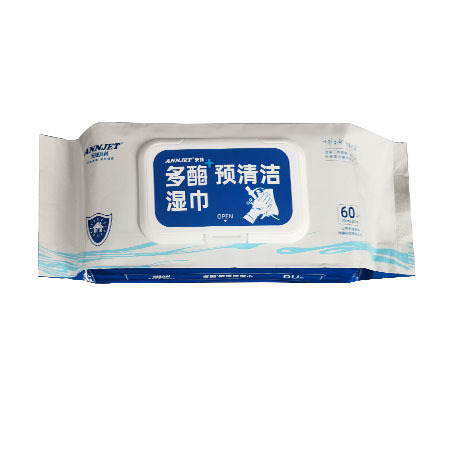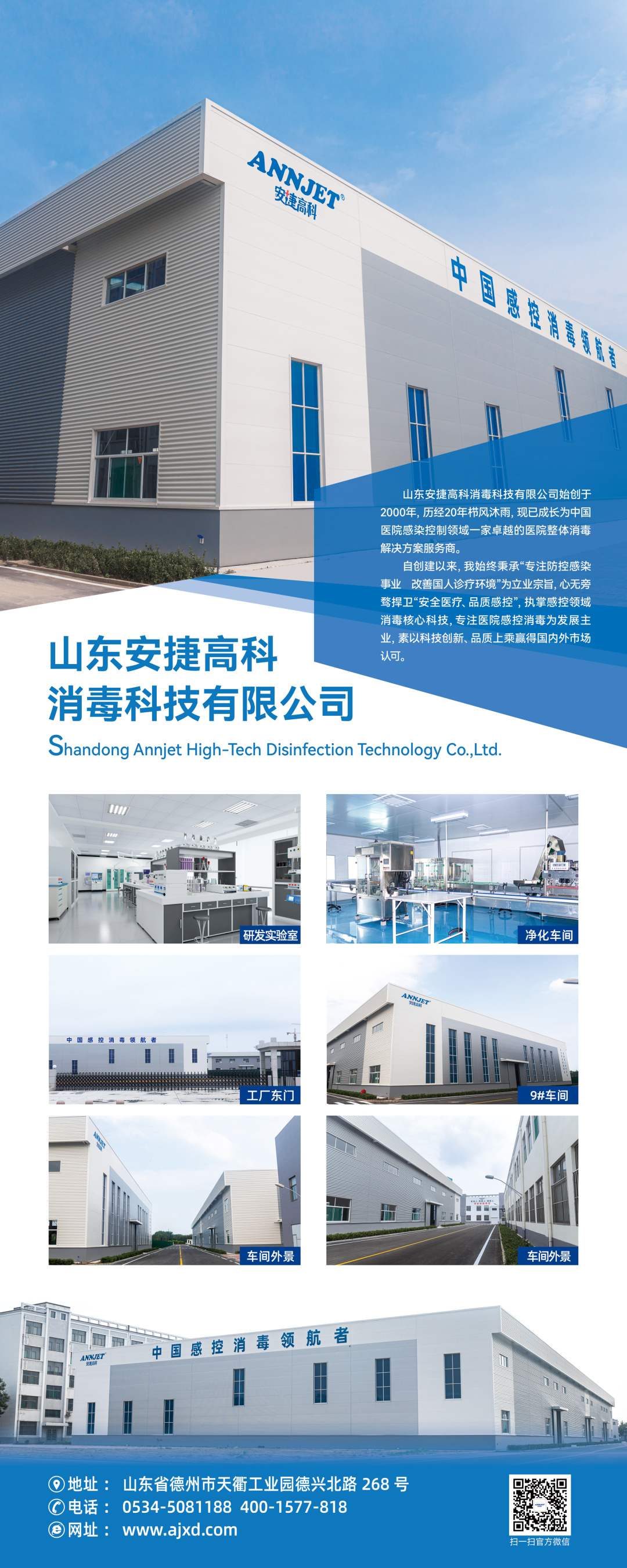Revisited-Endoscopic Bedside Pretreatment
Release time:
2021-10-28
Guarding the first line of defense of clinical sense control
Help more hospitals to do a good job of washing, protecting and killing.
Focus on the cause of infection prevention and control
Improve the diagnosis and treatment environment of more Chinese patients
-- ansett high-tech
National Standards and Specifications for Clinical Pretreatment of Endoscopy
The "Disinfection Technical Specifications" pointed out that the amount and status of residual organic matter on items will affect the success of sterilization. The more organic matter, the less likely it is to succeed in sterilization. If the organic matter on the article becomes dry, it is difficult to completely remove the organic matter during cleaning. "Users should promptly remove the obvious dirt on medical instruments, appliances and articles after use, and do moisturizing treatment as needed.
-- From the WS310.2-2016 of the Technical Operation Specification for Cleaning, Disinfection and Sterilization in the Disinfection Supply Center of the Hospital.
It is clearly stipulated in the mandatory standard specification-WS/507-2016 "Technical Specification for Cleaning and Disinfection of Soft Endoscopes:
6.2.1 pretreatment process article a: after the endoscope is taken out from the patient's body and before it is detached from the light source and the video processor, the outer surface dirt shall be immediately wiped off with wet wipes or wet gauze containing cleaning fluid, and the wiping products shall be used once.
Current status of endoscopic decontamination
At the Xiamen Hospital Infection Management Quality Control Center, the First Affiliated Hospital of Xiamen University-Teacher Zhang Shiyang mentioned in the national endoscopic infection control and endoscopic cleaning and disinfection specification training course and the new progress training course on optimizing endoscopic diagnosis and treatment process and infection control:
At present, infection events after endoscopic diagnosis and treatment are common. In recent years, the transmission of multi-drug resistant bacteria infection, Helicobacter pylori, HBV, HCV, HIV and so on through endoscopy has become a common concern of the medical community, patients and social media. In particular, Japan's Kyodo News Agency reported on November 26, 2018 that more than 190 European and American patients were infected with drug-resistant bacteria that were difficult to work with antibiotics after undergoing endoscopy, which is even more shocking.
Unqualified endoscopic cleaning will lead to serious infection accidents. At present, most hospitals use gauze dipped or soaked in multi-enzyme cleaning solution for bedside pretreatment. This method may lead to unqualified pretreatment, such as uneven preparation of multi-enzyme cleaning solution, uneven dipping, increased labor cost, etc.
Hazards of unqualified endoscopic decontamination
Teacher Gu Qing of the First Affiliated Hospital of Zhejiang University School of Medicine mentioned in his lecture:
During the use of digestive endoscopy, the patient's oral mucus, gastric secretions, intestinal fluid, and blood during treatment can be attached to the surface of the endoscope and the lumen of the organ.
The pass rate for immediate cleaning of contaminated instruments after surgery is reported to be 99.21 percent, but the pass rate for cleaning beyond 1 hour can be reduced to 90.75 percent. If there is no standardized pretreatment of the endoscope immediately after the bedside endoscope diagnosis and treatment, and it takes a certain time for the contaminated endoscope to be transported to the cleaning and disinfection center, the organic matter such as tissue debris and blood and other dirt remaining on the outer surface and cavity of the contaminated endoscope are easy to dry and solidify, which will bring greater difficulty to cleaning, disinfection and sterilization. Therefore, after the operation is completed, the used endoscope is immediately pretreated at the bedside (disinfection-gas injection and water attraction-removal of various equipment-storage-transfer and re-disinfection), which can keep the contaminated endoscope moist and disinfected inside the pipeline during operation and facilitate subsequent cleaning and disinfection.
Ansett Hi-Tech-Bedside Pretreatment Solution
As an important department of hospital infection prevention and control, the management of bedside pretreatment is of great significance to the prevention and control of hospital infection. Ansett Gawker provides a complete solution for this purpose-Ansett multi-enzyme pre-cleaning wipes.

The product itself:
The product uses non-woven infiltration of a variety of imported high-efficiency enzymes, rapid decontamination, the collapse of biofilm and moisture, to prevent organic dry and biofilm formation.
Cost of use:
The product and gauze, cotton towels and other traditional pre-treatment products, the use of the cost of the difference at the same time, reduce labor costs, save the dispensing steps, effectively reduce the hospital for clinical pre-treatment of the expenditure.
Product features:
The product contains aluminized coating, effective lock liquid, immersion liquid quantity is sufficient, this product can also be matched with special rack, effectively improve the compliance of medical staff, a smoke, greatly facilitate the use of medical staff action.
Product brand:
Ansett High-Tech is committed to developing into a hospital overall disinfection solution service provider for twenty years. We continue to provide disinfection solutions to more than 8,000 hospitals. value brand, trustworthy!
For suppliers:
This product not only provides a new solution, but also provides a new promotion route.
To the hospital:
This product is a new type of disinfection product. Today, when the country vigorously develops medical reform, it will be favored by clinical pretreatment in hospitals, and it will also become the final choice for clinical pretreatment in hospital endoscopy departments!

Previous Page
Previous Page
RELATED INFORMATION









